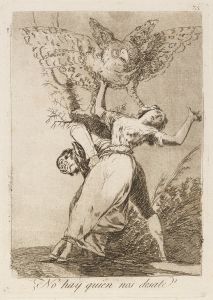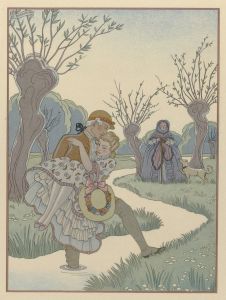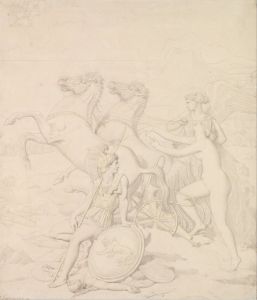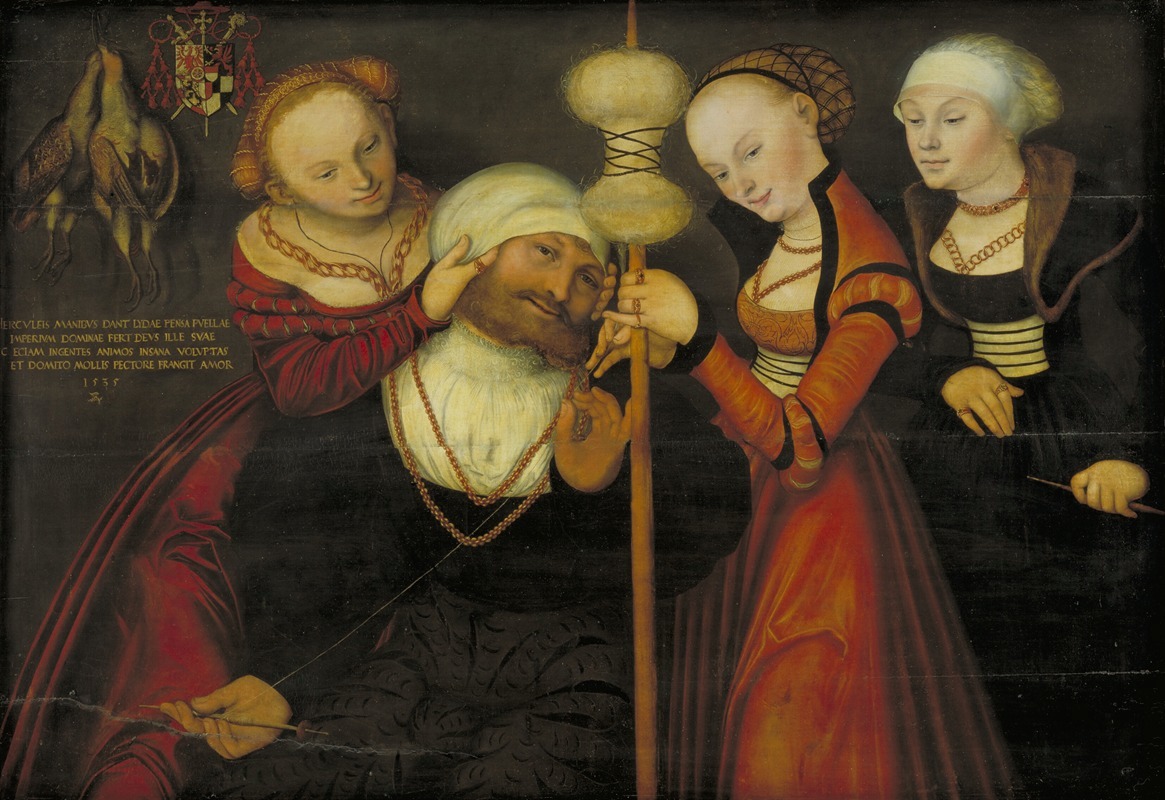
Hercules with Omphale
A hand-painted replica of Lucas Cranach the Elder’s masterpiece Hercules with Omphale, meticulously crafted by professional artists to capture the true essence of the original. Each piece is created with museum-quality canvas and rare mineral pigments, carefully painted by experienced artists with delicate brushstrokes and rich, layered colors to perfectly recreate the texture of the original artwork. Unlike machine-printed reproductions, this hand-painted version brings the painting to life, infused with the artist’s emotions and skill in every stroke. Whether for personal collection or home decoration, it instantly elevates the artistic atmosphere of any space.
Lucas Cranach the Elder, a prominent German Renaissance painter, created multiple works depicting the mythological tale of Hercules and Omphale. One such painting, commonly referred to as Hercules with Omphale, illustrates a scene from classical mythology in which Hercules, the hero known for his immense strength and legendary labors, is temporarily subjected to servitude under Queen Omphale of Lydia. This episode is notable for its inversion of traditional gender roles, as Hercules is portrayed performing tasks typically associated with women, such as spinning wool, while Omphale dons his lion skin and wields his club.
Cranach's version of this story reflects the artist's characteristic style, which combines detailed, expressive figures with a sense of narrative clarity. The painting is believed to have been created in the early 16th century, during a period when Cranach was producing works that often blended religious, mythological, and allegorical themes. His ability to render human figures with elegance and subtle emotion is evident in this work, as is his attention to fine details in clothing, textures, and expressions.
The composition of Hercules with Omphale typically features the two central figures in a domestic or intimate setting, emphasizing the reversal of their traditional roles. Hercules is often shown in a submissive posture, engaged in spinning or holding a distaff, while Omphale appears confident and commanding, adorned with Hercules' iconic symbols of power. This role reversal was a popular subject in Renaissance art, as it allowed artists to explore themes of power, identity, and the complexities of human relationships.
Cranach's Hercules with Omphale is also notable for its moral and allegorical undertones, which would have resonated with contemporary audiences. The story of Hercules and Omphale was often interpreted as a cautionary tale about the dangers of succumbing to desire or losing one's sense of self. At the same time, it could be seen as a playful commentary on the fluidity of gender roles and the dynamics of power within relationships.
As with many of Cranach's works, the painting demonstrates his mastery of oil on panel, a medium that allowed for vibrant colors and intricate detailing. The precise date and original commission of this particular painting are not definitively documented, but it is consistent with Cranach's broader body of work, which includes numerous mythological and allegorical subjects.
Today, various versions of Hercules with Omphale attributed to Lucas Cranach the Elder and his workshop are housed in museums and private collections around the world. These works continue to be studied and appreciated for their artistic merit and their insight into Renaissance interpretations of classical mythology.





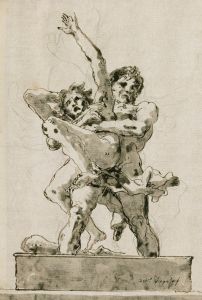
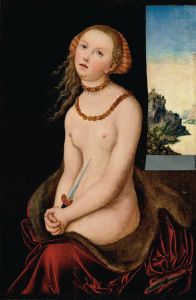
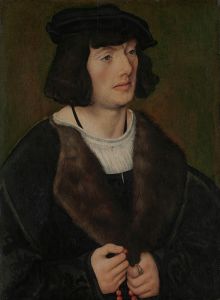
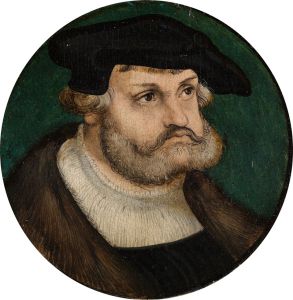
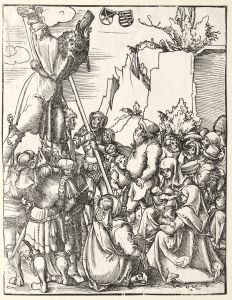
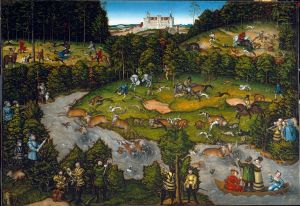
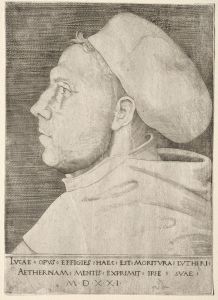
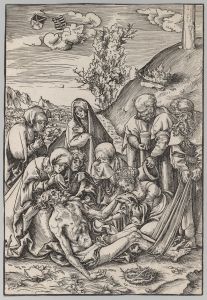
![A Woman and a Horse, Let Someone Else Master Them [The Horse-Abductor]](/imgs/264582/s/francisco-de-goya-a-woman-and-a-horse-let-someone-else-master-them-the-horseabductor-5fe8d731.jpg)
